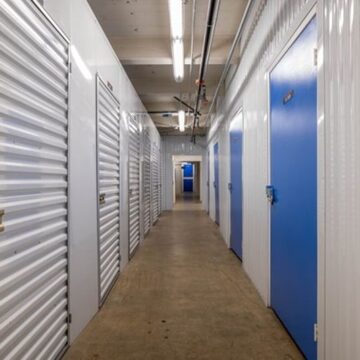If it sounds good with you, you may be interested in knowing that you can save a lot of money by opening a new piece of technology more often. You may think that it is not possible, nor does it make no sense, but in the context of business, regular update and procedure is an absolute must.
This process is called a technological lifecycle management plan or TLM for the short term. By implementing a TLM, you can save thousands of dollars in upgrading costs and hours of work and sculpting the inefficiency of your daily operations. For example, for example, saying a new business rises and wishes to be at the edge of bleeding technology. They therefore buy a new computer and telecommunication solution that is the best possible money. They want to get the best value for their purchase so that they keep the same solution for a long prolonged period, until it is simply not viable to use it any longer and then they jject all The game and buy at the tip of the curve once again. It costs a huge amount of money and the end of the end of the solutions life cycle will result in inefficiencies and service costs to maintain the system to operate. The company would have been much better to buy a mid-term solution to start, which would cost nearly half of the bleeding phase solution, but would not lose nearly 50% performance. As soon as the cheaper solution begins to slow down, become ineffective or obsolete, the company can then move on to the current mid-term solution for the same total price as possible for the original bleeding edge solution.
This may seem long and complicated, but it simply means that means you will not buy the absolute bleeding edge for your business, buy the mid-term products rather because they generally represent a much higher value.
And the benefits do not stop there! Consider for a moment on your poverty, your subpaid, your undercarled IT staff. Whether internal or contracted, there is a good chance that bleed technology, they will not be very familiar with it. This will mean that the initial recovery of the service will be ineffective, while IT staff is used to technology. After they are used to what they are used to, they will then have to bear their long and slow fall towards the bunch of junk food when you refuse firmly to upgrade because you “pay a fucking fortune” in the first place. All this pain could be avoided by buying a mid-term solution that your computer people will undoubtedly become familiar with a modest price tag that will allow you to upgrade within a reasonable time.















